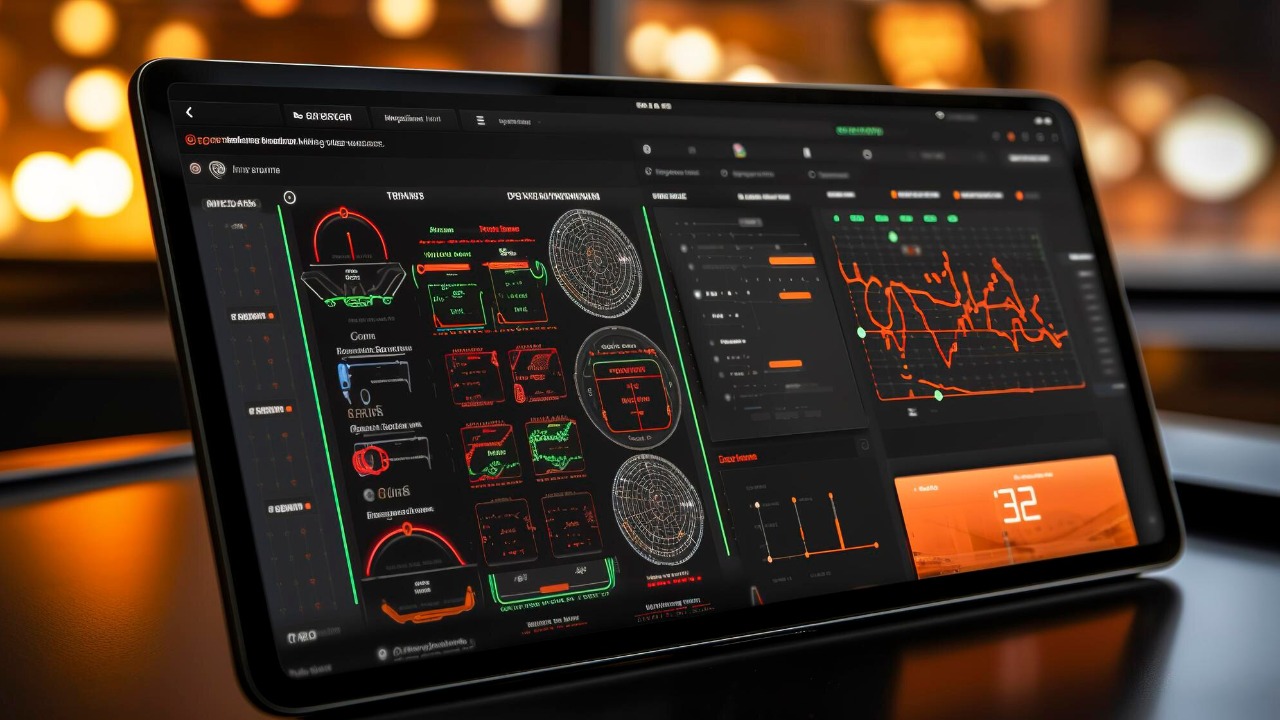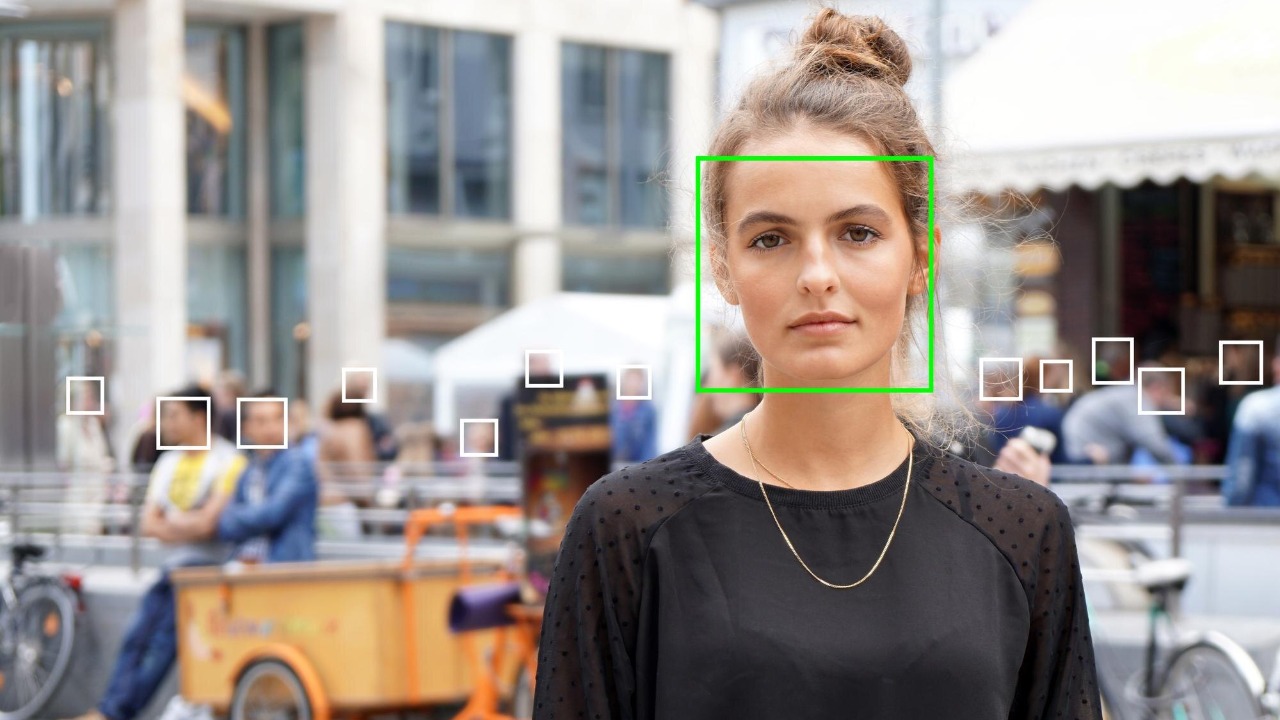
U.S. Immigration and Customs Enforcement (ICE) has significantly ramped up its deportation efforts, leveraging cutting-edge technologies such as AI-driven predictive analytics and facial recognition systems. These tools have been integrated into operations across major U.S. cities like New York and Los Angeles. In fiscal year 2024, ICE reported deporting over 142,000 individuals, marking a 20% increase from the previous year. This surge is largely attributed to real-time data sharing with federal databases, raising substantial privacy concerns amid heightened enforcement actions (TechCrunch).
AI-Powered Targeting Systems

ICE’s deployment of machine learning algorithms from Palantir Technologies plays a pivotal role in identifying potential deportees. These systems analyze vast amounts of data, including immigration records, social media activity, and location data, to generate risk scores for individuals. By processing millions of data points daily, ICE can efficiently prioritize targets for deportation (TechCrunch). The integration of natural language processing further enhances these capabilities by scanning communications for indicators of deportation risk. In border states, this technology flagged over 50,000 cases in 2024 alone, demonstrating its extensive reach and impact.
Despite the impressive capabilities of these AI systems, they are not without flaws. Reports indicate an 85% precision rate in pilot programs, yet there have been documented incidents of false positives affecting U.S. citizens. This raises critical questions about the balance between technological efficiency and the protection of civil liberties (TechCrunch).
Surveillance and Biometric Tools

ICE’s use of facial recognition software from Clearview AI represents a significant advancement in surveillance capabilities. This technology scans public cameras and social media images, matching them against a database of 3 billion faces. Such capabilities enable rapid identification during raids in urban areas, significantly enhancing ICE’s operational efficiency (TechCrunch). Additionally, mobile biometric kits are employed for on-site fingerprint and iris scanning at detention centers, with ICE processing 1.2 million biometric entries in 2024 to verify identities.
Real-world applications of these technologies include tracking movements via license plate readers in collaboration with local police in Texas. This partnership has led to 15,000 arrests tied to deportation priorities, showcasing the tangible impact of these surveillance tools on enforcement actions (TechCrunch).
Data Sharing and Integration Platforms

ICE’s reliance on the Homeland Advanced Recognition Technology System (HART) underscores the importance of centralized data management in modern enforcement strategies. HART consolidates biometrics and personal data from agencies like DHS and FBI, handling 300 million records as of 2024. This extensive database facilitates seamless cross-agency data flows, enabling ICE to access comprehensive information for deportation operations (TechCrunch).
Integrations with commercial databases from LexisNexis further enhance ICE’s capabilities by providing financial and employment histories to prioritize high-profile deportations. International data sharing with countries like Mexico and Canada through Interpol-linked systems has facilitated the return of 20,000 non-citizens in joint operations, highlighting the global dimension of ICE’s enforcement efforts (TechCrunch).
Private Sector Partnerships

ICE’s collaborations with private sector giants are crucial to its technological infrastructure. Contracts with Amazon Web Services for cloud storage of deportation-related data are valued at $50 million annually, supporting scalable analytics for nationwide operations. These partnerships ensure that ICE can efficiently manage and analyze vast amounts of data (TechCrunch).
Collaborations with Microsoft Azure for AI model training on immigration datasets enable predictive modeling that forecasts migration patterns with 70% accuracy. Additionally, vendor-specific tools like Deloitte’s custom software for case management have streamlined processing times by 40% in ICE field offices, demonstrating the operational benefits of these partnerships (TechCrunch).
Ethical and Legal Challenges

The use of advanced technologies by ICE has sparked significant ethical and legal challenges. Privacy violations have been reported in lawsuits against ICE’s tech use, including a 2024 class-action suit by the ACLU alleging unconstitutional surveillance of 100,000 individuals without warrants. These legal battles underscore the tension between enforcement objectives and civil liberties (TechCrunch).
Algorithmic bias is another critical issue, with studies showing that ICE’s systems disproportionately target Latino communities, leading to a 30% higher error rate in those demographics. This raises concerns about the fairness and accuracy of these technologies. Calls for regulation have intensified, with ICE Director acknowledging the need to balance enforcement with civil rights amid congressional hearings in October 2025 (TechCrunch).